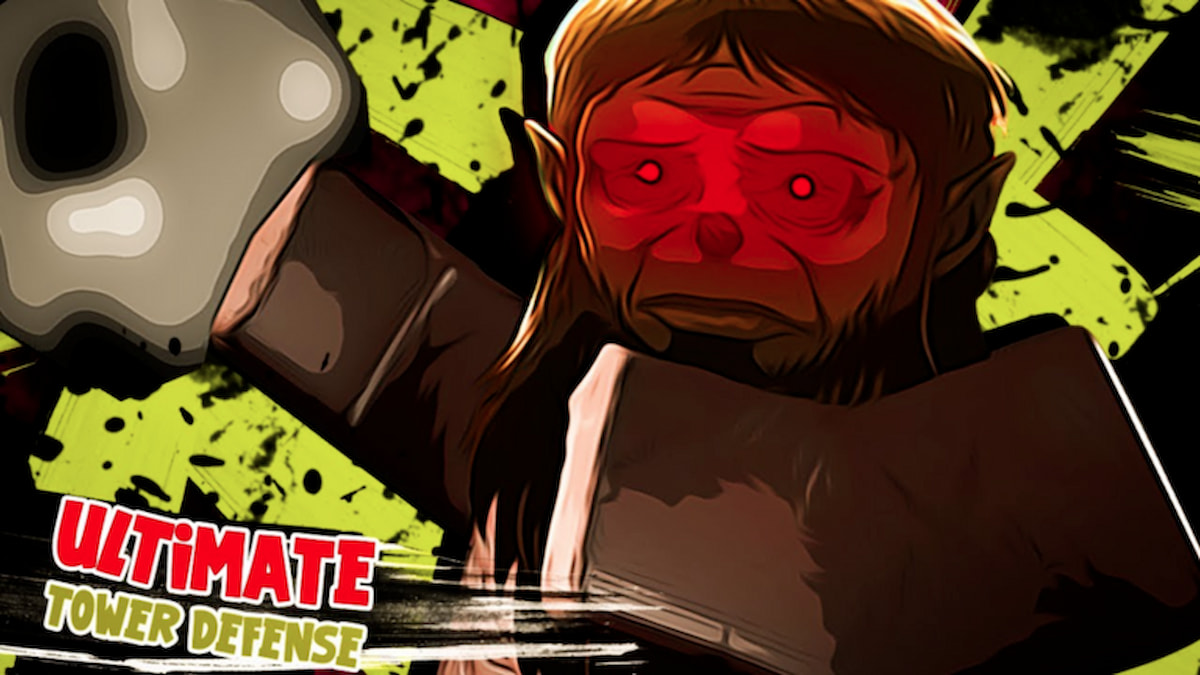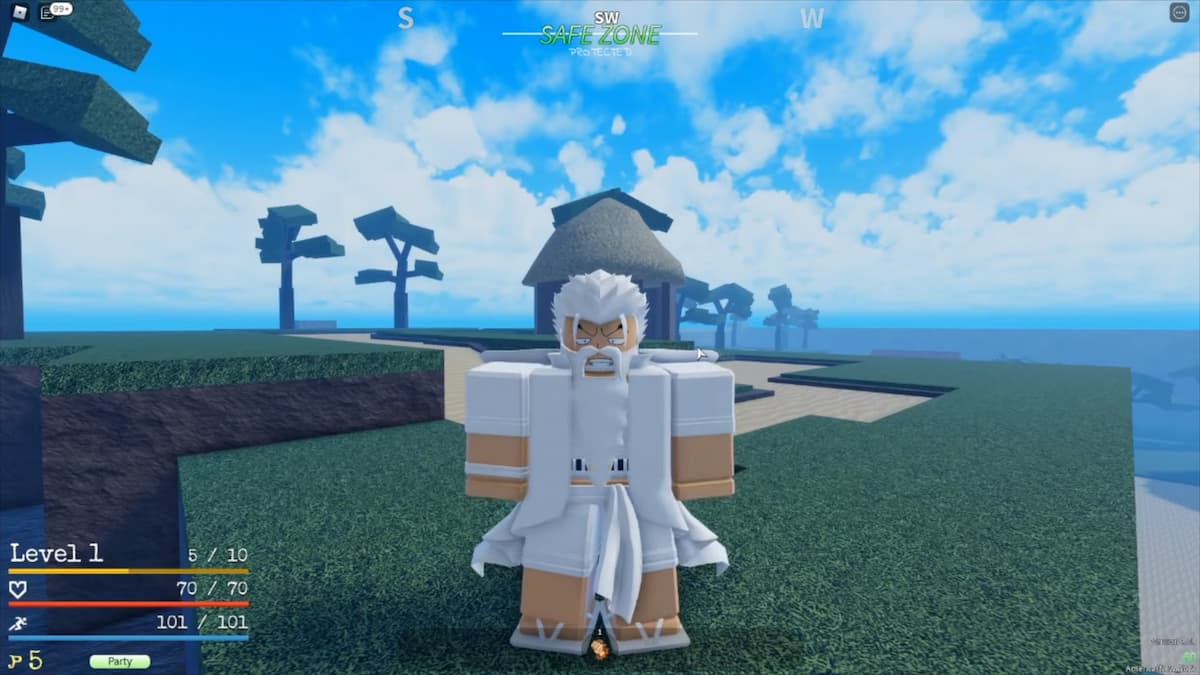There are a few new elements old Yu-Gi-Oh! players need to learn if they want to hop back into the game.
Yu-Gi-Oh! has added dozens of new card types over the years. For fans returning to the game after years of absence, Link Monsters and their summoning mechanics might be a little confusing.
This guide explains the basics of Link Summoning and the different ways these monsters are used to in tandem with the other cards in your deck.
How to Link Summon
Link Monsters are designated by the blue card color, along with special symbols resembling arrows placed around the border of the card art. Like Fusion, Synchro, and XYZ Monsters, Link Monsters are placed in the Extra Deck and count towards the 15-card limit placed on it.
In newer versions of Yu-Gi-Oh! there are two new places on a deck mat that hold monsters from your Extra Deck. These spots are called Extra Monster Zones, and you exclusively use them for monsters that are special summoned from the Extra Deck.
However, Link Monsters can be summoned and are used to summon cards outside of those special zones if the arrows on the card are pointing to the right spot on the deck mat.
First, Link Monsters get summoned through a few different means. You first want to look at the card and check its materials. Each Link Monster has different summoning requirements, similar to other unique cards, and once those get met, you can summon it.
This “recipe” is in the lower right of the Link Monster, where the ATK and DEF stats of other monsters typically go. The number indicated is the number of monsters required to Link Summon that card and how many arrows it has.
When summoning a Link Monster, send the required number of face-up monsters on your field to the Graveyard to satisfy the Link Rating. Then you can place that Link Monster in either of the free Extra Monster Zone.
Link Monster Special Effects
Link Summoning has a lot of specific bonuses that heavily rely on those arrows we mentioned several times.
If those arrows are pointing at another card zone on the deck mat, whatever effect the Link Monster has gets applied to that zone and any card placed there. For example, Link Spider allows a player to special summon a level four or lower Normal Monster to one of the zones it is pointing to once per turn.
Any zone a Link Monster is pointing to is linked to that card, either by effect or because an arrow is signaling towards it. Even if there isn’t an active effect to use, an arrow pointing to specific spots on a deck mat is useful.
Generally, you can only special summon cards from the Extra Deck to one of the Extra Monster Zones. But if a Link Monster in one of the occupied zones points towards a normal Monster Zone, you can choose to special summon your Fusion, Synchro, XYZ, or Link monster to that spot.
This detail is useful if you need to use your Extra Deck to flood the field with powerful monsters with fewer limitations than usual. You need to know that if a monster that was summoned from the Extra Deck gets sent to the Graveyard or is banished, it can later return to the field to go in the normal zone without needing a Link Monster.
Link Monsters as Link Material
Those Link Ratings are a lot easier to fill when using other Link Monsters instead of basic monsters.
If you are summoning a Link Monster, you can substitute the standard material with another Link Monster equal to its Link Rating. If the monster you are summoning has a Link Rating of three, you can use a Link Monster with a Link Rating of two to replace two normal monsters.
This alternative saves you resources if you need to upgrade your field but don’t want to lose all of your non-Link related cards.
The number of materials you use needs to match the Link Rating. Link Monsters count as a default of one or their own Link Rating, never more. That material number must also meet the other specified requirements, such as the Link Monster requiring two Wind Monsters in its recipe.
Other Important Notes About Link Summoning
Link Monsters have no DEF stat and cannot change into Defense Position like other monsters. This includes any effect that would switch their position or flip them into face-down Defense Position either.
Any monster, including Link Monsters that are placed in the Extra Monster Zone still count as opposition for an opponent’s Direct Attack. These monsters can all controlled by cards like Enemy Controller, and swap into the Main Monster Zones when control is changed, not the Extra Zone.
Token monsters and Trap Cards that take the form of monsters can be also be used for Link material in Link summons if they meet the requirements.
And lastly, if two Link Monsters are pointing at each other’s card zones, they are “co-linked.” Only Link Monsters can be co-linked, and some cards have effects that activate when in this state.
There are a lot of other nuance uses and strategies that go into Link Summoning, but this is the best overview for beginners who want to use some of these cards in their deck.






Published: Aug 21, 2019 01:54 pm